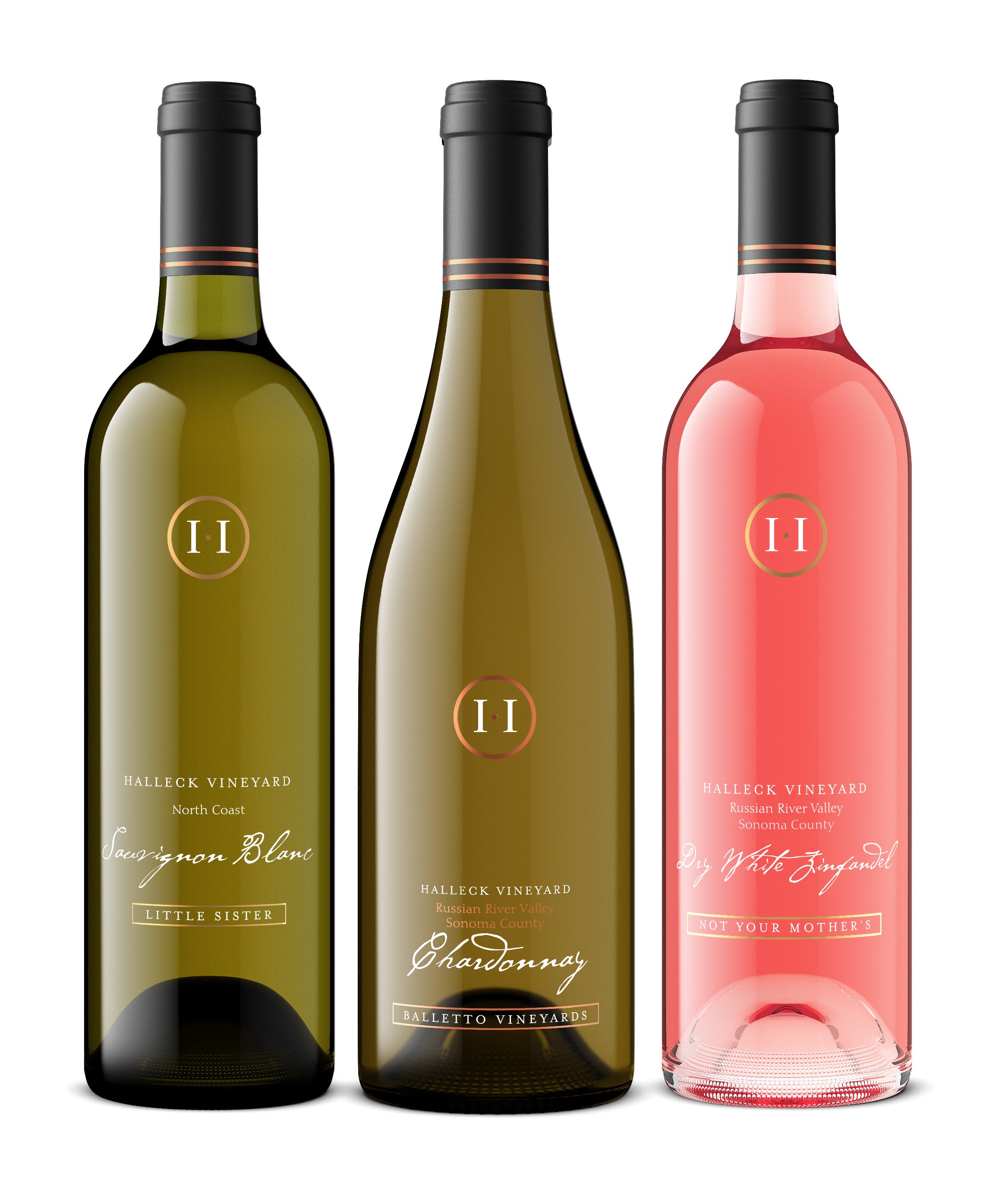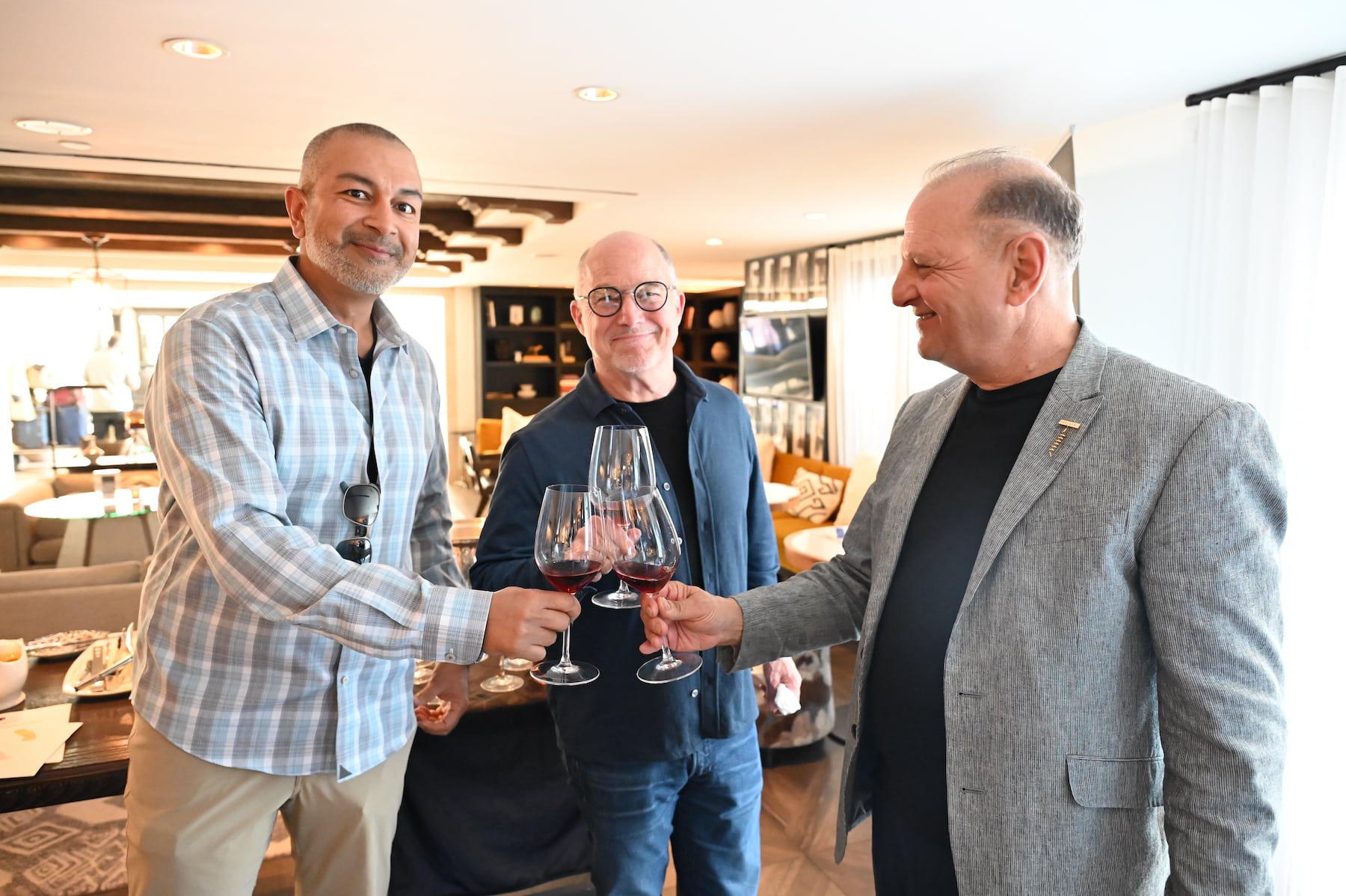Savor Award-Winning Pinot Noir and Chardonnay from Sonoma 95407
Savor Award-Winning Pinot Noir and Chardonnay from Sonoma 95407
Blog Article
Sommelier's Guide to Exploring the Wines of Sebastopol 95461
Understanding the nuanced vocabulary associated with winery wine tasting is essential for each novices and seasoned connoisseurs alike. Every term brings to life the experience of tasting wine and might improve one’s appreciation of the numerous intricacies concerned. Wine tasting is extra than just ingesting; it is an art that involves numerous senses and emotions.
To begin with, the term "nose" refers back to the aromas one detects when smelling the wine. This is an important step as a outcome of the bouquet sets the stage for the tasting experience. Notes of fruit, spice, earth, and wood may mingle, offering a glimpse of what the palate would possibly affirm. Understanding "nosing" the wine can dramatically elevate one's sensory journey.
One Other key aspect is the term "physique." The physique of the wine describes its weight and fullness on the palate. A full-bodied wine has a sturdy presence and tends to linger longer after swallowing. Conversely, light-bodied wines could really feel extra delicate and refreshing. Recognizing the physique helps tasters assess the wine's construction and steadiness.
Behind the Scenes of Sebastopol Vineyards 95407
The idea of "tannins" is vital in red wine tasting. Tannins are compounds derived from grape skins, seeds, and stems, contributing to a wine's texture and growing older potential. High tannin wines often end in a dry mouthfeel, whereas lower tannin levels yield a smoother experience. This distinction is especially necessary when pairing wines with food, as tannins can both complement or clash with sure dishes.
In addition to tannins, "acidity" performs a significant role within the wine tasting experience. Acidity provides wine its crispness and liveliness - Taste and Discover Wines from Nearby Wineries in Sonoma. Wines with larger acidity tend to be refreshing and energizing, making them glorious companions for a wide range of meals. Recognizing acidity can drastically improve one’s food-pairing capabilities and general tasting enjoyment.
When delving into the flavor profile of a wine, one might encounter the term "end." The finish refers again to the aftertaste that lingers in the mouth after swallowing. A lengthy end is often related to high-quality wines, as it signifies complexity and depth. A brief finish might suggest an easier wine. Figuring Out the method to evaluate the end can reveal much a few wine's character.
Exploring the "vintage" is also integral to wine tasting terminology. The vintage denotes the 12 months by which the grapes were harvested. Totally Different years can yield vastly completely different results due to variations in local weather conditions. For occasion, a hot summer time can produce extra concentrated flavors, whereas a cooler yr may yield extra subtle, nuanced wines. Understanding vintage permits for a deeper appreciation of a wine’s origin and potential.
Organic Wine Tasting Experiences in The Russian River Valley
The term "terroir" encompasses the geographical and environmental factors that contribute to a wine's distinctive character. Factors similar to soil sort, climate, elevation, and topography all play a role within the flavor and quality of the wine. This connection to place helps one perceive why wines from different areas can taste so distinctively totally different, even when produced from the identical grape variety (Enjoy with Scenic Vineyards for Wine Experiences).

When participating with wines, the phrase "leg" refers to the droplets that kind on the within of the glass after swirling. These droplets can indicate the wine's alcohol content material and viscosity. Whereas observing the legs may not instantly relate to the wine’s style, it provides to the overall experience and intrigue of wine tasting much less transparent.
Best Wine Tasting Rooms in California
A more specific term which will arise throughout tastings is "oak." The affect of oak barrels on wine can impart flavors corresponding to vanilla, toast, or spice. The diploma of oak aging can vary widely amongst wines, affecting each aroma and style. Understanding oak therapy supplies insights into the winemaker’s selections and the ensuing complexity of the wine.
In wine tasting, one may also hear the term "palate." The palate refers to the total style experience in the mouth. This encompasses sweetness, bitterness, acidity, and body. A well-balanced palate is important for a harmonious tasting experience, and recognizing any imbalances helps assess the quality of the wine.
The experience important site of wine tasting is significantly enriched by understanding the terminology that accompanies it. Each term serves a purpose, enhancing the ability to convey ideas and emotions in regards to the wine one's experiencing. This vocabulary bridges communication between tasters, sommeliers, and winemakers alike.

To totally get pleasure from wine tasting, it is important to have interaction all senses. The sight of the wine, its colour, and clarity can provide insight into its age and high quality. Swirling the wine releases aromas that heighten the olfactory experience, whereas the precise tasting allows for a whole evaluation of the wine's profile.
Wine Lovers Should Not Miss These Iconic Wineries in Sonoma 95409
In conclusion, understanding the detailed clarification of winery wine tasting terminology greatly enhances the experience of tasting. Each term invites the taster to interact extra deeply with the wine, encouraging connections to the senses, the winemakers, and the lands the place the grapes are grown. This nuanced vocabulary creates a richer, extra fulfilling wine tasting experience.
- Aroma refers back to the scents released by the wine, which may indicate its grape variety and influence the tasting experience.
- Tannins are pure compounds present in grape skins, seeds, and stems, contributing to the wine's construction and getting older potential.
- A end, or aftertaste, is the lingering flavor sensation that remains on the palate after swallowing, often a key indicator of quality.
- Body describes the load and fullness of wine in the mouth, generally categorized as light, medium, or full-bodied.
- Terroir denotes the unique environmental characteristics of a winery that affect the style and quality of the wine, including soil type and climate.
- Acidity is a critical element that contributes to a wine's freshness and stability, impacting its growing older capability and overall flavor profile.
- Vintage indicates the year grapes were harvested and performs a major function in figuring out the wine's characteristics, reflecting specific climatic conditions.
- Decanting entails pouring wine from its bottle into one other vessel, permitting it to aerate and enhancing its flavors and aromas.
- A corked wine may be tainted by a defective cork, resulting in musty or off-putting flavors that detract from the wine's intended profile.
- The term “legs” refers again to the droplets that cling to the within of a glass after swirling, often associated with the wine's alcohol content material and viscosity.undefinedWhat is the that means of "nostril" in wine tasting?undefinedThe "nose" refers to the aroma profile of the wine, which is detected through the sense of smell. It Is a vital side of wine tasting, as aromas can reveal so much concerning the grape variety, winemaking process, and aging.
How should I correctly style wine?undefinedTo taste wine successfully, observe these steps: observe the colour, swirl the wine to aerate it, take a mild sniff to capture the aromas, sip and let it coat your palate, and at last, note the end. This strategy helps in appreciating the wine’s complexity.
What are "tannins" and Read More Here how do they affect wine?undefinedTannins are natural compounds found in grape skins, seeds, and stems that contribute to a wine's construction and astringency. They can create a drying sensation within the mouth, and they additionally play a job within the wine's aging potential.
Experience Sustainable Wine Practices in Sonoma County 95407

What does the term "stability" mean in wine tasting?undefinedStability refers again to the harmony between the completely different elements of a wine, such as acidity, sweetness, alcohol, tannin, and flavor depth. A well-balanced wine will have every of these components supporting one another rather than overpowering the others.
What is the importance of "terroir" in wine tasting?undefinedTerroir encompasses the environmental factors—such as soil, climate, and geography—that influence the traits of the wine produced in a specific area. Understanding terroir helps tasters respect the distinctive qualities that completely different regions impart to their wines.
What does "vintage" imply and why is it important?undefined"Vintage" indicates the 12 months when the grapes were harvested. It is essential because it impacts the wine’s quality and traits, as weather circumstances in the course of the growing season can considerably influence flavor profiles and aromatics.
What are "legs" and what do they signify?undefined"Legs" discuss with the droplets that form and run down the inside of a glass after swirling wine. Whereas they can indicate alcohol content material and viscosity, they do not determine quality—this is extra about personal notion of richness.
Private Wine Tours: Discover Hidden Treasures 95472
What does "full-bodied" mean versus "light-bodied"?undefined"Full-bodied" wines are wealthy, dense, and infrequently have greater alcohol content and complicated flavor profiles, whereas "light-bodied" wines are more delicate and refreshing with a decrease alcohol content. This distinction helps tasters perceive the anticipated weight and mouthfeel of the wine.
How can I identify fruit flavors in wine?undefinedTo establish fruit flavors, think about the aroma and taste profiles. Swirl the wine, inhale deeply to seize the bouquet, and focus on particular traits. Familiarity with typical fruit profiles of various grape varieties can improve this identification process.
What is "end" in wine tasting?undefinedThe "finish" refers to the aftertaste that lingers in the mouth after swallowing. A lengthy, complicated end is usually a sign of high quality in a wine, as it displays the depth of flavor and overall craftsmanship within the winemaking process. Report this page